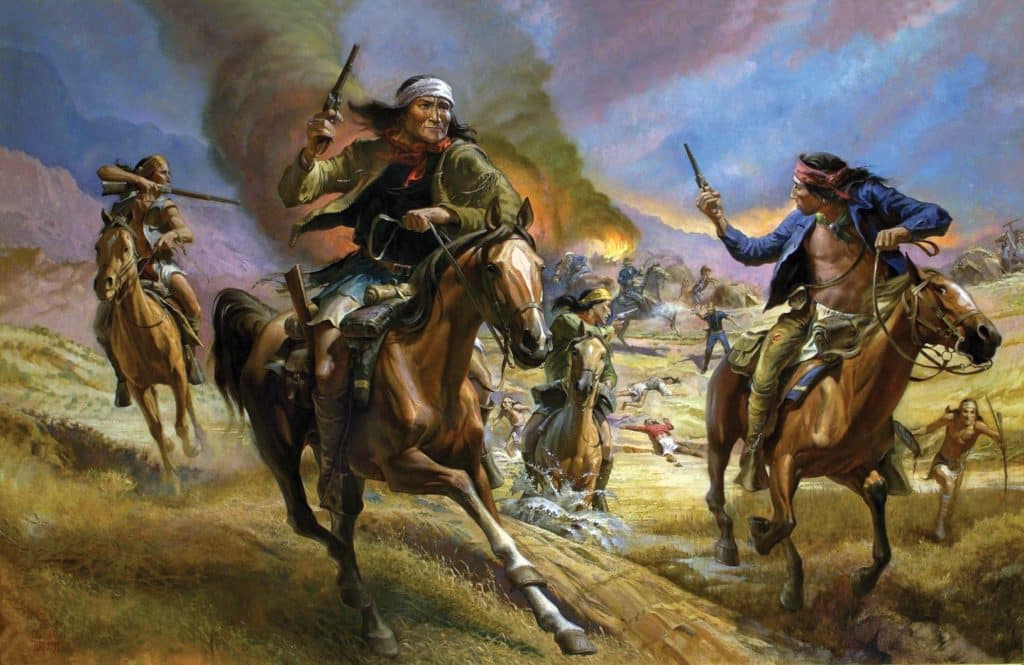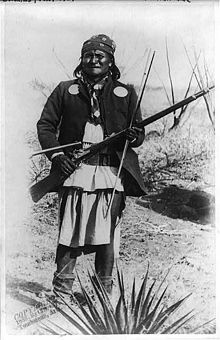Exploring the History and Impact of the Apache Wars: Struggles, Resistance, and Westward Expansion
The Apache Wars were a series of conflicts that took place between 1861 and 1886 in the territories of Arizona and New Mexico. These conflicts had their roots in the Spanish arrival in the region in the 16th century, followed by continued tensions with the Mexicans in the 19th century. The situation worsened with the influx of gold-seeking immigrants crossing Apache territories en route to California during the mid-1800s.
One of the prominent Apache leaders during these wars was Cochise, the chief of the Chiricahua Apache. Alongside his father-in-law, Mangas Coloradas, Cochise led many battles against the United States Army. Eventually, a temporary ceasefire was agreed upon, resulting in an agreement that allowed the Apaches to live on a reservation in the Chiricahua Mountains and Sulphur Spring Valley, which held sacred significance for the tribe.
However, the conflicts resumed with the arrival of the renowned Apache chief Geronimo. Geronimo, who was born in Sonora and spoke Spanish, became a controversial figure. While not always enjoying the approval of his own people, he effectively challenged the authority of the United States government starting in 1876. Geronimo adamantly refused to accept the forced confinement of Native Americans to reservations, inciting rebellion among various Apache tribes.
Geronimo’s arrest in the Sierra Madre Mountains in 1886 marked the end of the Apache Wars. Along with his followers, he was sent to distant reservations in Florida and Oklahoma. Despite the contentious nature of his actions, Geronimo’s resistance to confinement and defiance of the U.S. government left a lasting impact on the history of Native American conflicts in the Southwest.
The Apache Wars were a significant chapter in the history of the United States’ westward expansion, highlighting the struggles and resistance of the Apache people against encroachment on their lands and way of life. Today, the Apache Wars serve as a reminder of the complex and often violent interactions between Native American tribes and European settlers during the westward expansion of the United States.
Hits: 2









